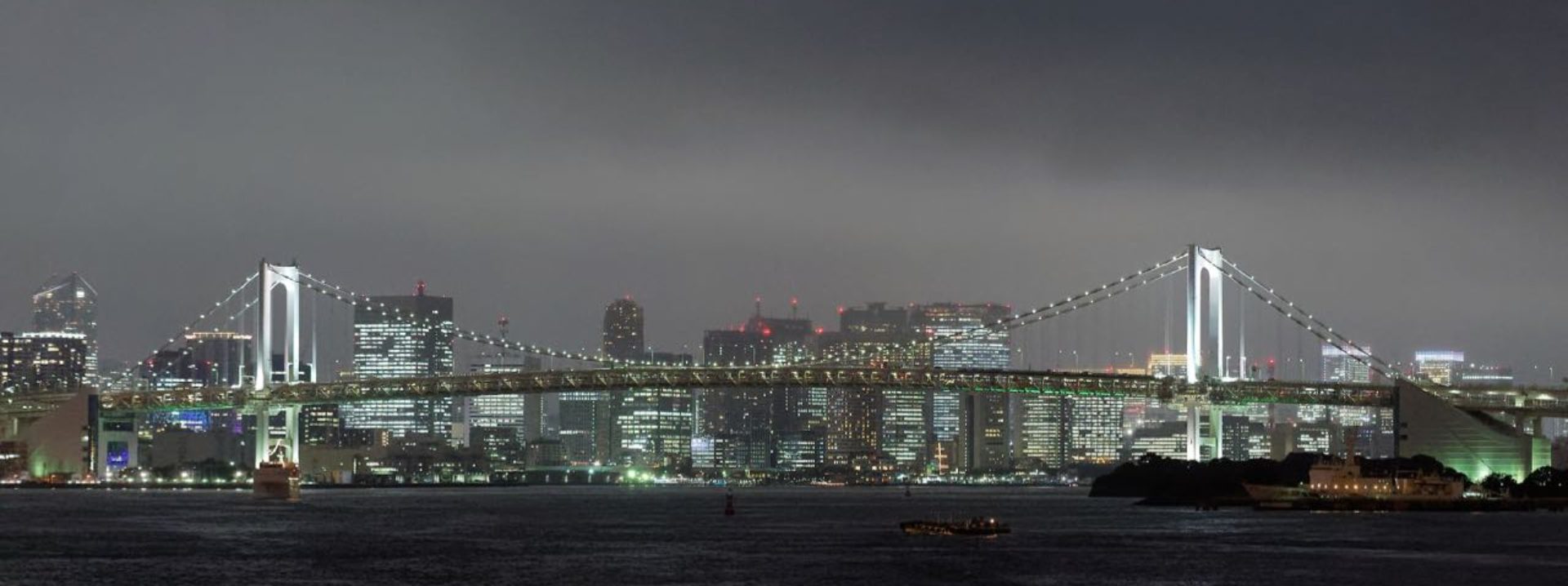Japan is experiencing at the same time an unprecedented rise in the number of visitors (from 10 mio overseas residents’ visits in 2013 to 31 mio in 2018, according to JNTO) and a very high concentration of stays in a limited number of places by international standards for a developed economy. This leads to phenomena of “over-tourism” in certain destinations, a popular theme in the public space.
While I have obvious sympathy for first-time visitors who wish to visit the famous landmarks in the limited time that they can spend here, we always encourage those who contact us to venture outside the “Golden Route”, even if it means sacrificing part of the widespread Japan “bucket list”.
If one fears to “miss out” by not spending any time or enough time in a popular cultural destination, he/she should realize as well that he/she is definitely “missing out” by not experiencing Japan off the beaten tracks, its nature, its people and their culture.
For some, such a trip will be an opportunity to see and experience the issues rural areas are dealing with. They make Japan this precursor for what many other rural societies have been facing as well, or will be facing soon: decreasing aging population, disappearance of infrastructure, “desertification” of hamlets and villages, extinction of local cultures. This is likely to touch one’s heartbeyond expectations and lead to reflections about the role of local communities and how one can positively contribute to the smoothest transition possible back at home.
For all though, there are cultural gems that have not received enough publicity (“money goes to the rich”) and opportunities to connect with people outside the tourism trade.
Last but not least, one may experience the heartwarming feeling of becoming part of History. Here I am thinking of adventures on Japan’s old commercial and pilgrimage routes, short or long. The tracks or roads are lined with traces of the past and offer spiritual options, great sceneries and unbeatable lodging and dining options, not by their comfort necessarily, but by their authenticityand unique characters.
Arguably, many visitors stay away from rural areas because they are not really sure on how to plan such an excursion, then execute it. Of course, I will not complain: while a bit of local tourism with overnight stays is an excellent thing for local communities and the infra-structure, the last thing I wish to see is such areas being affected by that over-tourism some cities and some sometimes much smaller sites are dealing with. We (and others) are here to help with travel planning outside the Tokaido Road though!
NB: Pictures of a recent excursion between Ise Jingu, where Amaterasu no Mikoto (Japan’s Sun Goddess) is enshrined and Kumano Hayatama Taisha in Shingu, alongside a route called Iseji, part of the Kumano Kodo, the Pilgrimage Routes leading to the South of the Kii Peninsula and Wakayama Prefecture. Iseji has been in use since the 17thcentury, while others have attracted pilgrims since much earlier times. Kumano Kodo Routes are registered as UNESCO World Heritage.

